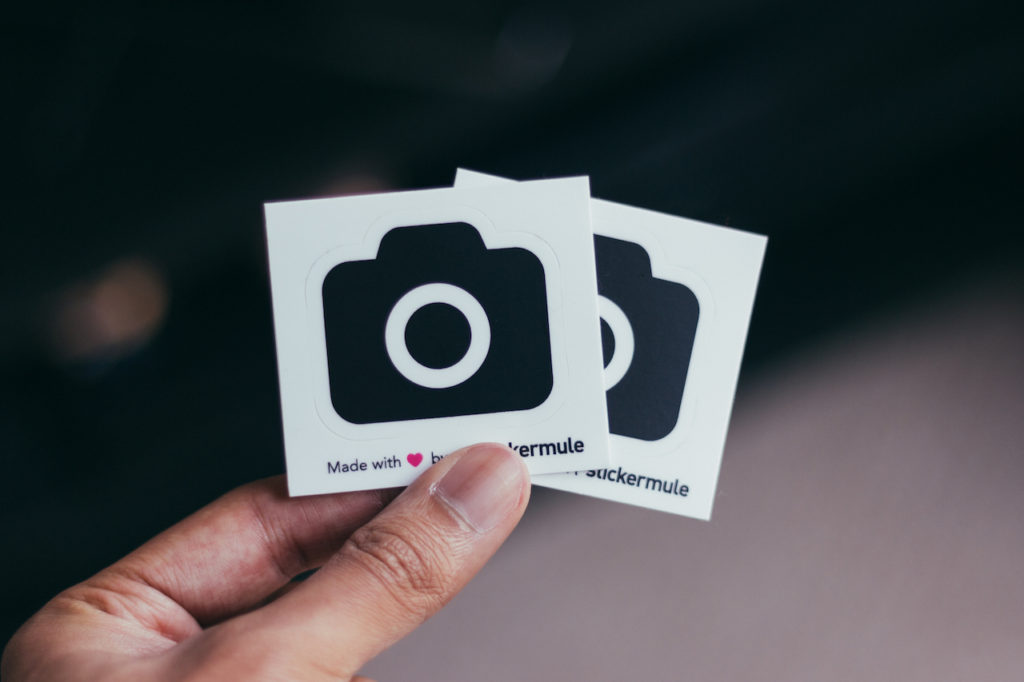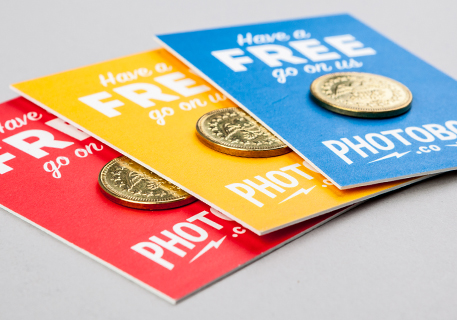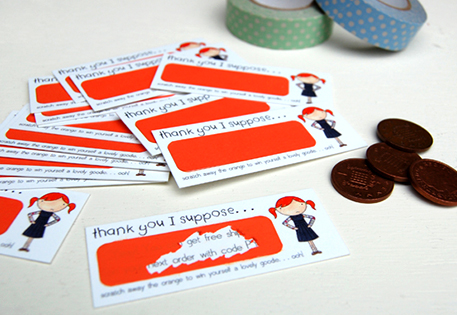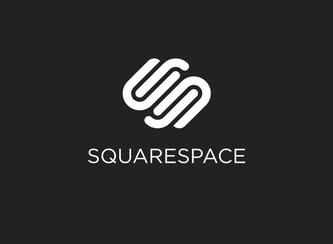It’s no secret. I love great craft beer. I geek out trying different styles, talking about Belgian yeast strains, and testing the maximum IBU limit of my taste buds (haven’t found it yet). Heck, Prof. Rhett Brymer and I are even studying to sit for the cicerone exam.
But, you know what’s almost more fun than geeking out on tasting beer? Geeking out on making beer!
To me, making beer is equivalent to other tinkering-heavy pursuits like woodworking, fixing engines, or gardening (to be fair, I don’t do any of those things, but I feel pretty confident I make beer for similar reasons.) It’s something you can work on, do and re-do, and slowly become an expert. Given my strong belief in the value of dedicated practice, problem solving, and building expertise over the long haul, I suppose that figures.
Brewing beer also has an element of mad science to it because fermentation is a crazy phenomenon and it always feels a little like magic that it actually works.
Oh, and if you get really good at brewing, you’ll make lots of new friends.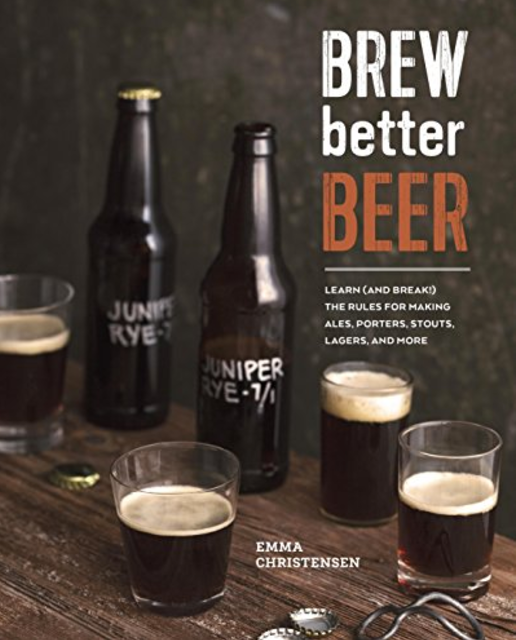
If you’re interested, I highly recommend the book Brew Better Beer by Emma Christensen. It wasn’t my first book on brewing (not even in my first 10) but I think it’s great for beginners and intermediates (like me) alike. Also, it has the distinct advantage of starting you on 1 gallon batches which is much more manageable and affordable than the standard 5 gallon homebrew batch if you’re just getting started. Check out my recommendation of the book for more details.
Also, if you live near where I do, there is a surprisingly good selection of great beer in the Cincy/Dayton metro (see a short list at the bottom of this page for my personal favorites). Sadly, we no longer have a local brewery here in Oxford, OH. Quarter Barrel, founded and run by my friend, Brandon Ney, is no more. Thankfully, Brandon is still brewing, now at Common Beer Co. in Mason, OH. This means his award-winning Chapeau Gris saison will live on.
Meanwhile, the beer scene in Oxford proper is utterly sad. There are precious few taps running in town that are stocked by people who know beer. Steinkeller is an excellent German beer hall and O’Pub’s beer selection is surprisingly decent given the kind of establishments its owner typically inflicts on our town.
